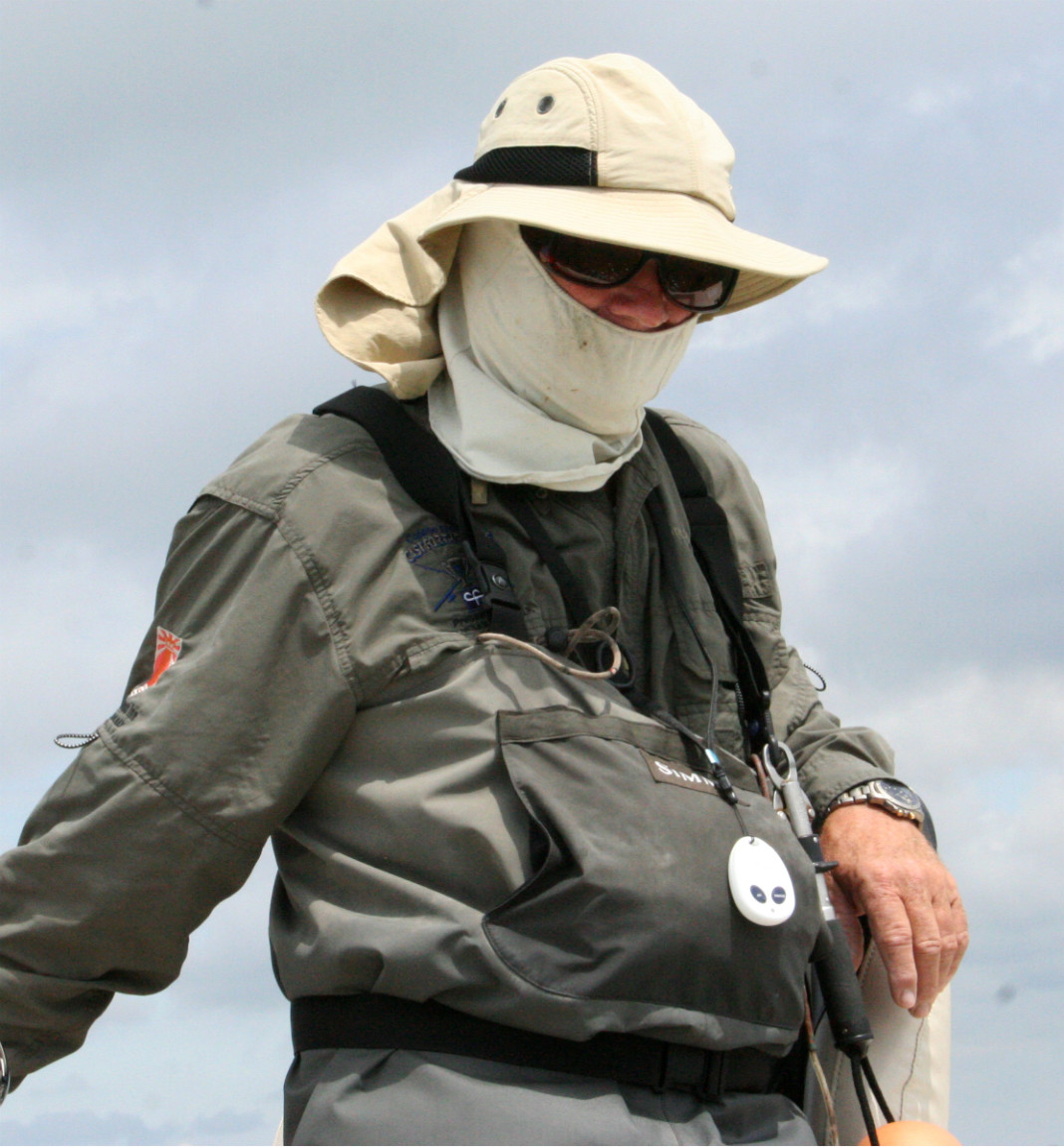The midday landscape on the back side of Mustang Island was sweltering.
The horizon danced and bubbled as the heat index rolled well above triple digits.
I was in the danger zone.
The paddle that seemed so feathery under the early morning clouds and in the cool breeze at dawn had been replaced by one carved of stone. Each scoop of water seemed to propel the kayak only a fraction of what had been the norm, making for arduous sledding.
The looming nausea and ebbing dizziness that had taken root combined to make the end of this fishing trip one that won’t soon be forgotten — for all the wrong reasons.
After finally making it back to the sloping sand and the waiting vehicle, the first foot plopped into the ankle-deep water near the beach and the other slowly followed suit. It could have been I stood up too quickly, or perhaps it was the forecasted triple digits and high humidity working in tandem, but the result was not good. The legs that had stood on this same spot getting into the craft hours before gave way slightly and a pair of hands ended up smacking into the shallow mud to slow the descent.
After taking stock of what was going on, the dull headache that slowly had crept up minutes before sank its fangs in and multiplied, and the result was a numbing pain that rippled into my fingers and toes.
This wasn’t a good position to be in, and luckily, I was still aware of it.
Loading the scaled-back gear that sat in the kayak and the craft itself took a while, but it finally found a place, and then there was a bee-line course plotted for the arctic flow of conditioned air.
I didn’t even bother unloading anything, instead opting to crash on the couch — for the rest of the day.
Sure there had been redfish caught on this outing, but it also ended with a serious case of heat exhaustion, something that can affect hunters and anglers of all ages throughout the summer and even into the fall.
Excessive heat can be deadly
Being vigilant and taking preventive measures is key to enjoying yourself in the field this time of year, whether you’re handling a fishing rod in pursuit of bass or redfish. Temperatures are robust — creeping into triple digits across much of the state — and humidity only exacerbates those conditions.
When humidity is high, sweat will not evaporate as quickly, preventing the body from releasing heat as usual.
Heat exhaustion and its more dangerous relative, heat stroke, are looming dangers, especially for young and old since they have less surface area to cool down or poorer circulation. However, these injuries can strike even the most conditioned athlete if they overdo it during sizzling parts of the day.
Heat stroke is a life-threatening emergency, brought on by long or intense exposure to the sun, when a person’s body cannot sweat enough to lower body temperature, and the intense heat generated by the body cannot be dissipated quickly enough.
According to the Centers for Disease Control and Prevention, there are about 300 deaths annually caused by excessive heat exposure — more than tornadoes, floods, lightning and earthquakes combined.
The biggest culprit leading to heat-related injuries is excessive sweating, which removes salt and minerals from the body and causes dehydration when they are not replaced. The CDC recommends drinking at least 16 ounces of hydrating fluids — preferrably more — during each hour when participating in any physical activity outside.
You’re also urged to not wait until you are thirsty to do so. By drinking plenty of fluids beforehand, you can lessen your chances of succumbing to excessive heat, too. Avoiding alcoholic beverages and those with caffeine also is advised by the CDC in these circumstances.
Warning signs of heat stroke are: the absence of sweating, red, hot and dry skin, rapid pulse, throbbing headache, dizziness, nausea and vomiting and confusion and unconsciousness, according to the CDC. The most extreme symptoms are hallucinations, seizures and the onset of shock.
The symptoms of heat exhaustion are similar to heat stroke with dizziness, nausea, weakness and fainting being the most common.
In the event someone suffers from a heat-related injury, the CDC says the most important step is to get the person into an air-conditioned environment as soon as possible, while also using what you have to cool them down, such as ice, water or something to fan them with.
The effects of heat stroke and heat exhaustion can linger for days or weeks after exposure and a person will be more vulnerable to further heat injury, the CDC says, making it that much more important to prepare yourself for warm conditions.
Protect your hunting companions
For outdoorsmen and women who like to bring their black or yellow Labrador on excursions, remember that dogs have a tougher time in hot weather than we do. Since they rely on panting, they are more susceptible to overheating when they’re pulling in hot air.
Fishing pursuits are great for your canine because they can jump in for a quick splash and cool off — and believe me they will if the opportunity presents itself. It’s also good to keep plenty of water available for them to drink while keeping them in the shade as much as can be allowed.
As with humans, keep an eye on your pup and make sure they don’t exhibit symptoms such as frantic breathing, dizziness or vomiting.
There’s too much going on right now to be indoors, but that doesn’t mean you have to get careless. By using common sense and taking care of yourself and others, you’ll enjoy a hunting or fishing outing without worries.
Just make sure you pack the ice!



















